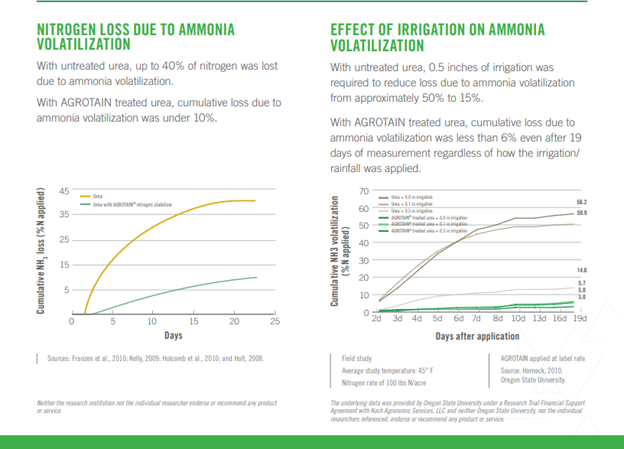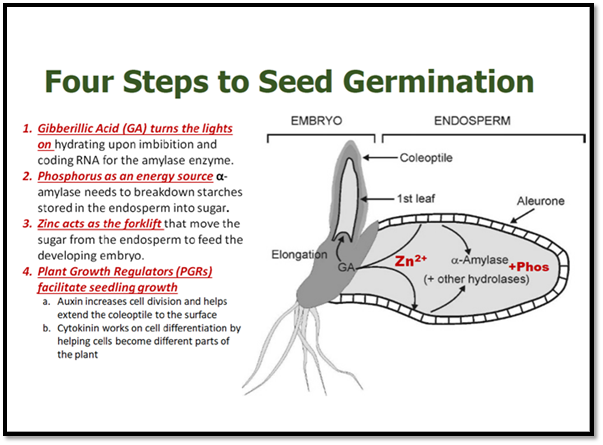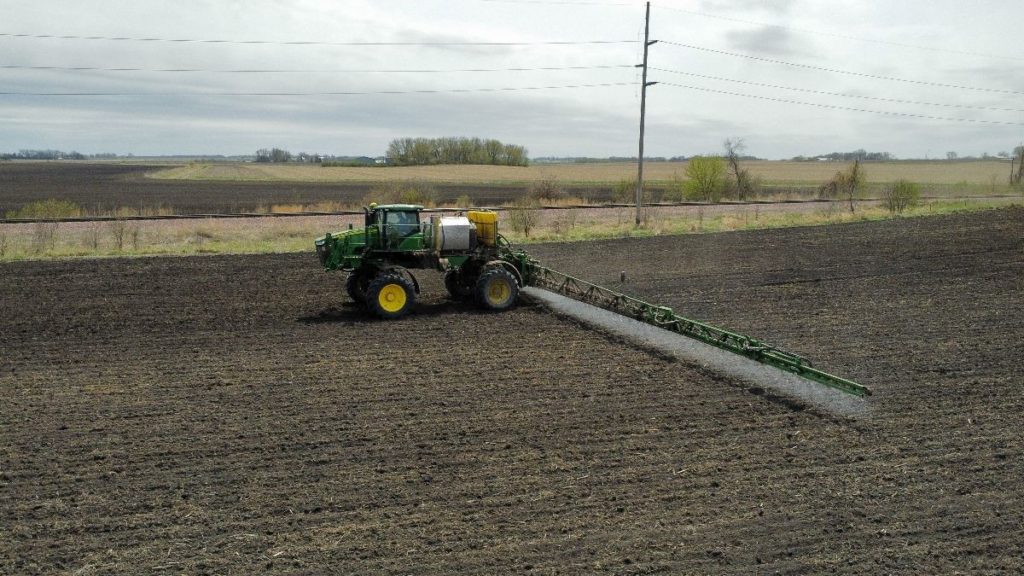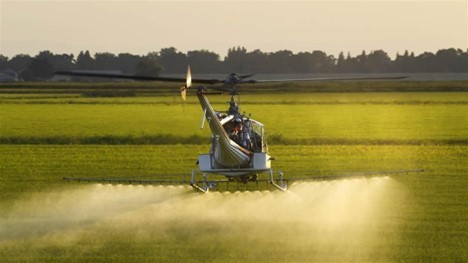The one-stop-shop to hearing everything you need to know this week about what is happening in your fields.
This week’s featured agronomists are:
Austin Schultz – Le Center
Hannah Elias – Goodhue
Chad Wiersma – Morristown
Tye Anderson – Lewiston
Eric Soley- Ellsworth
Scroll down to hear from your local agronomist.
WEST
Belle Plaine – LeCenter – LeSueur
 Austin Schultz
Austin Schultz
Spring? What Spring? It feels like summer is here this week, with the temperatures being in the 80’s and thunderstorms rolling through. The first half of our week was very busy, consumed by getting a ton of fertilizer applied, pre-emerge herbicides put down, and both corn and soybeans going into the ground. With temperatures being so warm, it is important to remember to add a nitrogen stabilizer to your fertilizer program if you intend on leaving your fertilizer on top of the ground for an extended period. High temperatures can cause your nitrogen to volatilize back into the atmosphere and of course your corn plant can’t access it there. We use a product called Agrotain to stabilize our nitrogen products here at Ag Partners, which is used at a rate of 1qt per ton on liquid fertilizer and 2qts per ton for dry. Overall, it is a cheap investment when it comes to protecting one of the most important nutrients to your corn plant.

EAST
Pine Island – Cannon Falls -Goodhue -Lake City
 Hannah Elias
Hannah Elias
Over the last week, we have gotten corn in the ground! We have moved out of our cold spell and gone immediately to the humid summer weather.
There are some big things going on under ground for the corn seedlings that were planted last week, GERMINATION!
Steps to germination are as follows:
The first 24 to 48 hours after planting can be the most critical. Corn planted on the 5th of May has imbibed 30% of their weight in moisture and have accumulated approximately 64 Growing Degree Units (GDU’s) in the last 5 days. After the warmth and moisture has set in the radicle is the first to appear out of the seed, followed by the coleoptile and the seminal roots.

Emergence typically requires 120 GDUs for the coleoptile to break through the soil surface. With more warm weather in the forecast for the next few days, I am confident we will be able to row corn by the very end of this week and early into this week!
CENTRAL
Morristown – Wanamingo – Kenyon
 Chad Wiersma
Chad Wiersma
Yin and Yang. It was another roller coaster of a week weather wise. Doesn’t look like it is over yet. Our area received anywhere from 0-5 inches of rain early Wednesday morning. With highs in the 40’s less than ten days ago and now we are knocking on 90. Seems like Yin and Yang are in full force.
Even though the forces of nature have put us all to the test, we have been through this before and I’m confident we will get through it again. I am encouraged to see the resilience of our customers as well as our faithful Ag Partners staff. We have been busy applying all sources of fertilizer, delivering seed, and spraying pre emerge herbicides. Planting progress varies by area, but many have a good start on corn with some nearing a finish and many have also started on soybeans. Hard to say what the percentage completion is, but it has been a good few days to get crop in. The earliest planted corn has germinated, and with the temps it will be out of the ground soon.
Happy planting to all!!

SOUTH
Elgin – Lewiston – Stewartville
 Tye Anderson
Tye Anderson
Spreaders are rolling. Planters are rolling. Sprayers are rolling. Spring is in full swing! Ag Partners employees are working as hard as we can to get timely applications of fertilizer, herbicides, and fungicides to you. I have received some calls this last week regarding choppers flying around and spraying. If you have seen them or heard from a neighbor and wondered what was being sprayed, I have your answer. Alfalfa fungicide. Our recommended mix includes Azoxy fungicide along with KRISS which is a bio stimulant fertilizer. Results of this mix being applied includes an added 0.5 ton/acre yield increase, and an added 1.5% protein increase.
I hope everyone has a safe spring and try to stay cool out there!

WWAS
Ellsworth
 Eric Soley
Eric Soley
We have seen a heavy push of corn and soybeans getting planted in the last week as guys try to stay ahead of the next rain event. If a significant rainfall takes place before a pre-emerge herbicide, like Sonic, can get applied to your soybean fields its important to come up with a plan B immediately.
Plan B should include getting some sort of small-seeded broadleaf residual (a Group 15) down before Waterhemp starts emerge. Turning your planned two pass system into a 1 pass post emerge shouldn’t be an option. If we rely on the Enlist and Xtend traits to do the heavy work of killing heavy pressures of broadleaves we will only increase the rate at which these weeds become resistant to these valuable modes of actions.

A common question that has come up during this heat wave is, “Does it still pay to have my soybeans treated with these warmer soil and air temps?” The answer is that it absolutely still pays to put a treatment on your soybeans. Remember, this is Wisconsin, we might need to bust out the winter coats next week yet! We just don’t know what the weather will be like 2 weeks after planting. Even with warmer soil temps we still see an increase in germination numbers vs untreated soybeans. When soybeans have to be planted later it doesn’t mean we have dodged the risks of seedling diseases. Warmer soils bring about their own diseases, such as Rhizoctonia and Phytophthora. So keep those beans treated with products like Warden CX!



